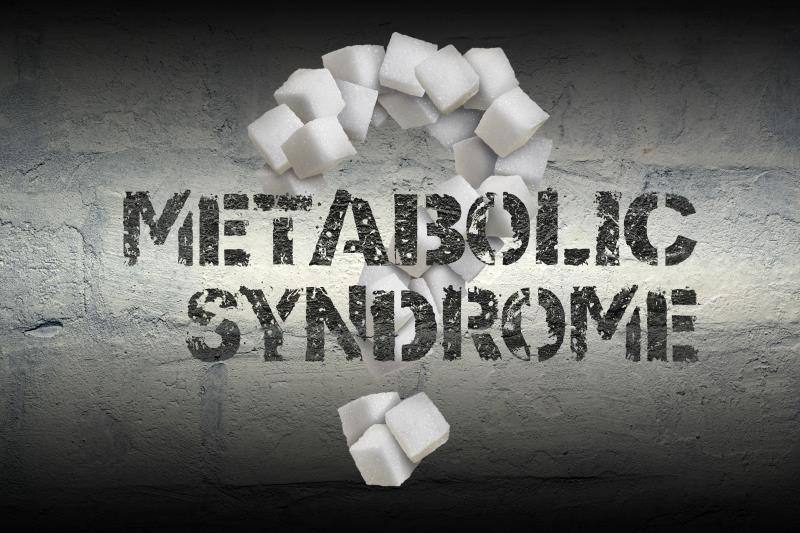Not all fructose sources are tied to metabolic syndrome





A comprehensive meta-analysis of 13 prospective studies evaluating eight* fructose-containing foods revealed that not all fructose-containing sugar sources are adversely associated with metabolic syndrome (MetS).
“[Our findings show] that the adverse association of sugar-sweetened beverages (SSBs) with MetS does not extend to other major food sources of fructose-containing sugars. Yogurt, fruit, [and] fruit juices all had a protective association with incident MetS,” said the researchers. Therefore, current guidelines on sugar intake might need to be re-evaluated, they added.
An adverse linear dose-response association was found between SSB intake and MetS (risk ratio [RR] for 355 mL/day, 1.14). “[This] may reflect a general unhealthy lifestyle [characterized by] poorer diet quality, higher caloric intake, and a sedentary lifestyle,” said the researchers. The liquid calories from SSBs may also trigger weight gain and other MetS complications, they added. [JAMA Network Open 2020;3:e209993]
Protective fructose sources
The L-shaped, nonlinear dose-response associations for yogurt (RR for 85 g/day, 0.66) and fruit (RR for 80 g/day, 0.82) reflected their protective potential against MetS.
The calcium in yogurt reduces triglyceride concentration and fat absorption, while the saturated fats may help improve glycaemic response and insulin sensitivity. [Br J Nutr 2011;105:1823-1831; J Lipid Res 2017;58:2171-2179] Moreover, its probiotic content has been linked to mechanisms** in the gut microbiota that can aid in reducing MetS risk, said the researchers.
In the case of fruits, it was difficult to establish a link between MetS and specific fruits containing fructose as fruits are usually assessed in combination with vegetables, they pointed out.
U-shaped, nonlinear dose-response associations were observed for moderate intake (125 mL/day) of mixed and 100% fruit juices (RR, 0.58 and 0.77, respectively). The benefits may have been derived from the natural fruit content of mixed fruit juices, and the bioactive compounds and nutrients in 100% fruit juice.
However, the protective effect of fruit juice was only up to 150 mL/day, as higher intakes (>175–200 mL/day) were adversely tied to MetS, potentially due to the excess calories. [Adv Nutr 2015;6:236S-243S; Eur J Clin Nutr 2019;73:1556-1560] “[Without considering] the dose-response association, a naïve analysis of extreme intakes assumes a false-linear association and fails to detect important dose ranges for protection or harm,” said the researchers.
Optimum dietary guidance
“[Overall,] SSBs are without beneficial nutrients and thus offer an unchecked source of fructose-containing sugar, whereas in other [sources, other] nutrients*** … may offer protection that might overcome harms from added sugars,” said the researchers.
Despite the large pooled sample (n=49,591; 14,205 with MetS), the team called for further exploration to ascertain the findings and elucidate the dose-response associations between MetS and important fructose-containing food sources. It would also be worth looking into the impact of diet regimens incorporating fructose-containing sugar sources into their programmes, they added.
“In summary, this study supports current dietary guidance,” commented Dr Kristie Lancaster from the Steinhardt School of Culture, Education, and Human Development at New York University in New York, US. [JAMA Network Open 2020;3:e2010224] “[I]t is helpful to determine any differences in the risks of consuming these simple sugars to provide the best guidance to consumers and to advocate for a healthful food supply.”
Lancaster also stressed that “people consume foods, not nutrients … This [study] found that there is not just one association of fructose with MetS; it depends on the food.”
Future studies should identify effective methods of encouraging people to adopt recommended diet patterns, and evaluate source availability and affordability as these may restrict consumer access to foods that may protect against MetS, Lancaster added.